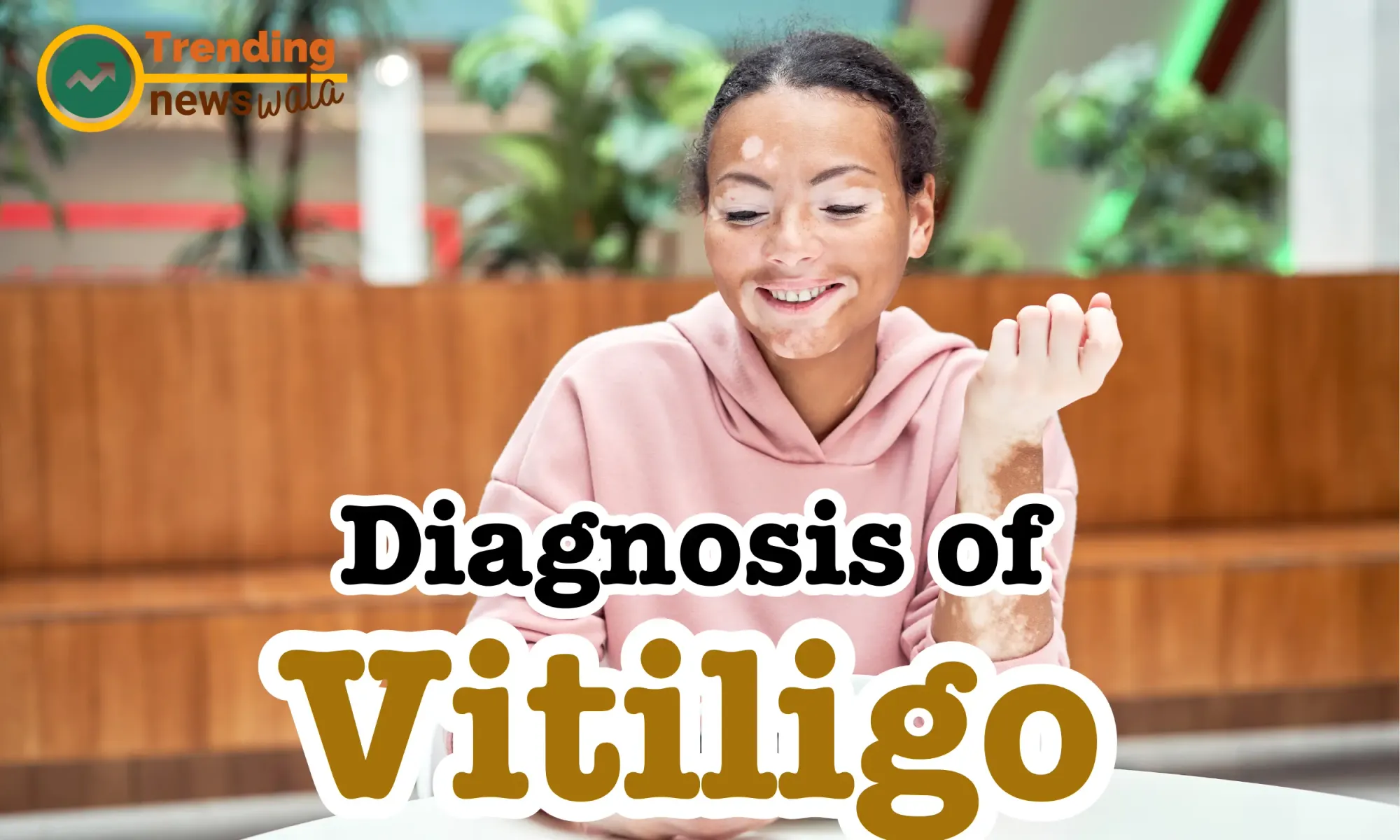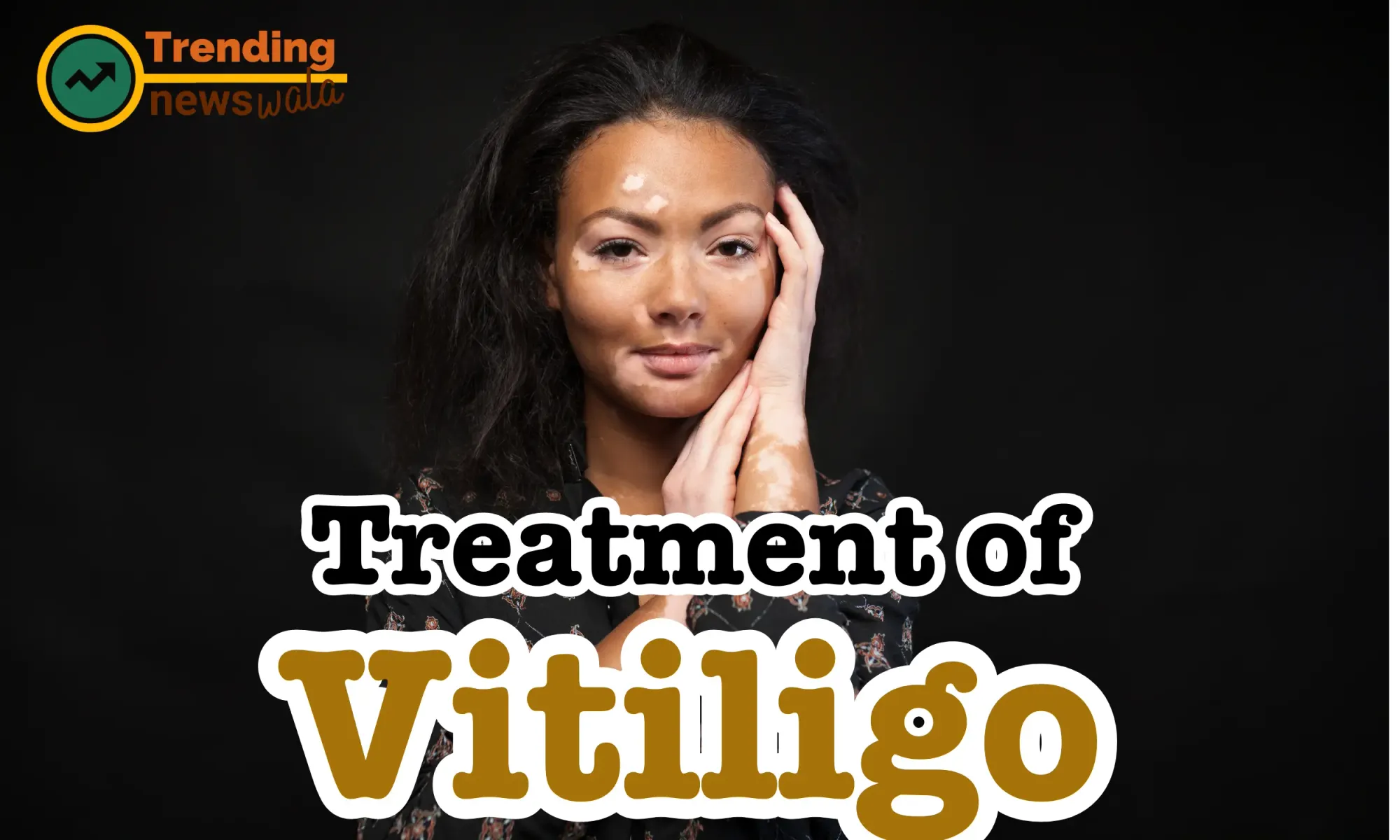Vitiligo Homeopathy Cure
Vitiligo is a skin condition characterized by the loss of pigment, resulting in white patches or depigmented areas on the skin. This occurs when melanocytes, the cells responsible for producing pigmen
Aditya Pandey

Vitiligo is a skin condition characterized by the loss of pigment, resulting in white patches or depigmented areas on the skin. This occurs when melanocytes, the cells responsible for producing pigment (melanin), are destroyed. The exact cause of vitiligo is not fully understood, but it is believed to involve a combination of genetic, autoimmune, and environmental factors.
Key Characteristics of Vitiligo
- Skin Depigmentation: The primary and most noticeable symptom of vitiligo is the development of white patches on the skin. These patches often have well-defined borders and can occur on any part of the body.
- Symmetrical Patterns: In many cases, vitiligo patches appear symmetrically on both sides of the body. For example, if a patch develops on one elbow, a similar patch may appear on the other elbow.
- Progressive Nature: Vitiligo can be progressive, with new patches developing over time. The rate at which it progresses varies from person to person.
- Involvement of Mucous Membranes: In some cases, vitiligo may also affect mucous membranes, such as the lips and the tissue lining the inside of the mouth and nose.
- Premature Graying of Hair: People with vitiligo may experience premature graying of the hair on the scalp, eyebrows, eyelashes, or beard.
Potential Causes and Risk Factors

The exact cause of vitiligo is not fully understood, and it likely involves a combination of genetic, autoimmune, and environmental factors. Here are some potential causes and factors associated with the development of vitiligo:
Autoimmune Factors:



